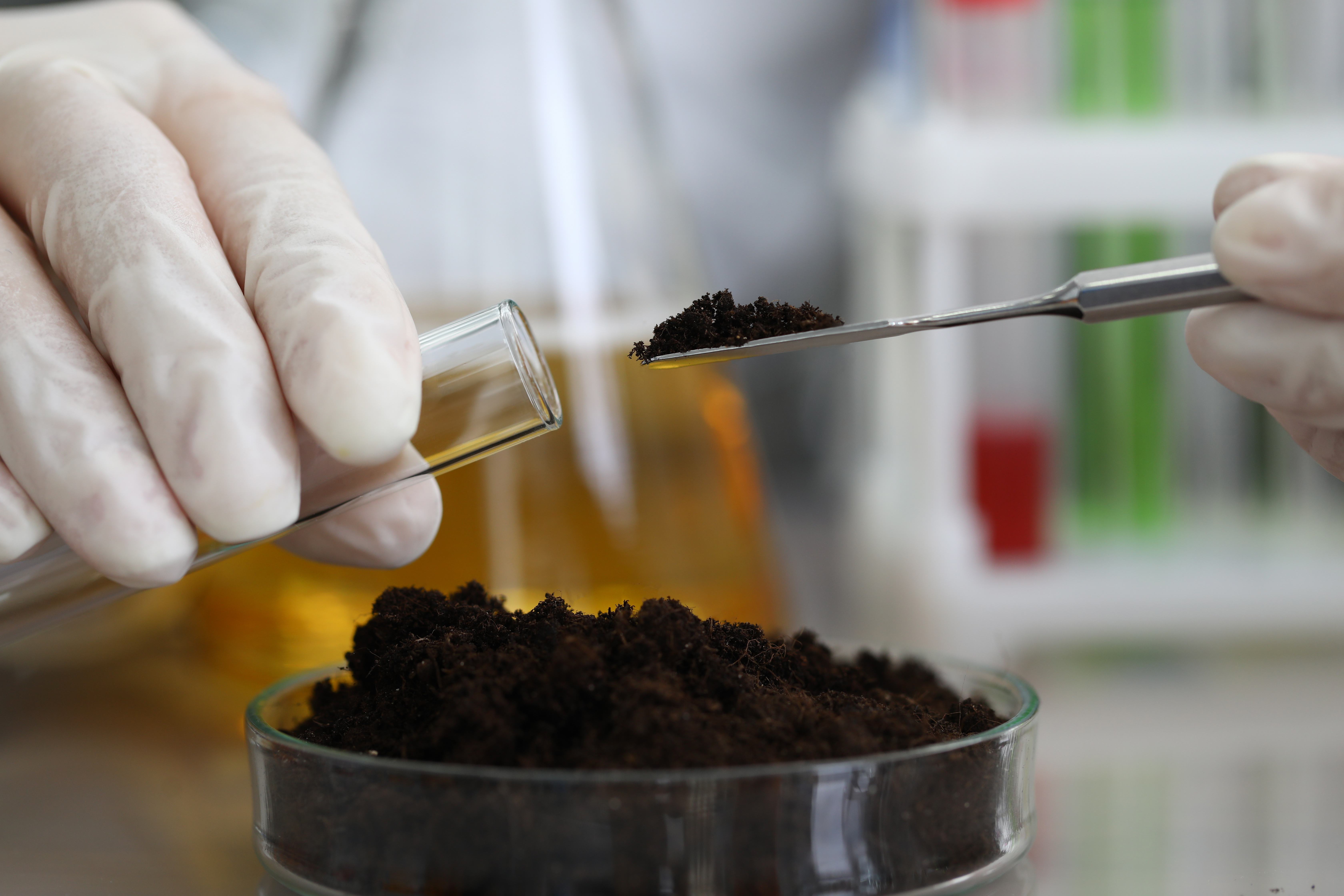Synthesis of Anticancer Agents Nannocystins and Their Analogs
Synthetic route to producing nannocystins, an anticancer agent that is typically found in myxobacteria.
Myxobacteria are some of the top producers of microbial secondary metabolites, a large portion of which have shown activity against human diseases. One of these metabolite groups are nannocystins, since they have shown excellent anticancer potency. However, current production methods (i.e. fermentation) produce low volumes of materials and can be challenging to scale.
This is a precise synthetic production method, developed by University at Albany researchers, for making nannocystins and their analogs at scale. Eliminating fermentation in favor of a chemical synthesis approach solves such typical problems as long production cycles, potential for batch contamination, challenges with scaling production, etc. The process uses off the shelf chemicals and materials to produce the nannocystins and does so with no need for further processing such as additional purification. This method is concise and is capable of making a variety of nannocystins in quantities required for essential cancer drug discovery. Nanocystins have been shown to have potent antiproliferative activities against a number of cancer cell lines at nanomolar concentrations.

- Simple: This production method uses off the shelf materials and no further purification of those materials is required.
- Scalable: synthesis method allows for greater volumes due the circumventing fermentation process.
Drug discovery for anticancer therapeutics.
Patent application submitted
US Patent US 11,230,553 B2
This technology is available for licensing.
Patent Information:
| App Type |
Country |
Serial No. |
Patent No. |
Patent Status |
File Date |
Issued Date |
Expire Date |
|